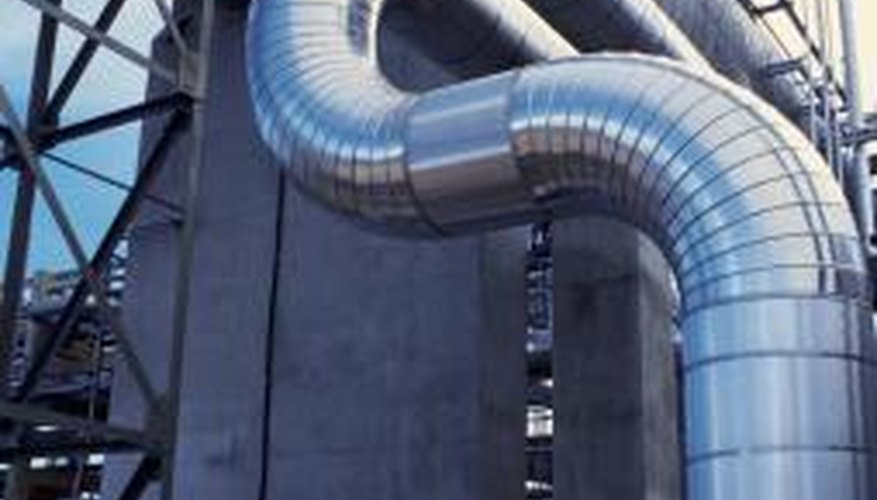Converting pounds per million standard cubic feet (lbs/MMSCF) to parts per mole (ppm) is an important mathematical calculation when determining the proper water content for a gas pipeline. If you have too much water in your pipeline, gas hydrates will start to develop, and these can turn into a clog and block the pipeline.
Measure the water presence in your gas pipeline using a single-channel dew point hygrometer. Set the units desired to lbs/MMSCF.
- Converting pounds per million standard cubic feet (lbs/MMSCF) to parts per mole (ppm) is an important mathematical calculation when determining the proper water content for a gas pipeline.
- Measure the water presence in your gas pipeline using a single-channel dew point hygrometer.
Multiply your lbs/MMSCF reading by 21 to get parts per million of water. This constant applies regardless of temperature.
Compare your findings with the norms for the country or region through which your pipeline travels. In the United States, the accepted maximum water presence is 3.18kg/MMSCF, or 147 ppm. In Canada, though, it's 1.81kg/MMSCF, or 84 ppm.
